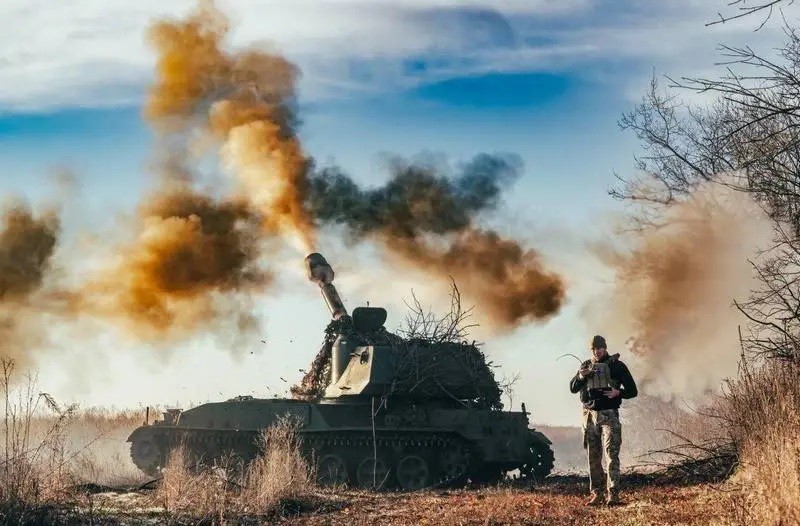On December 27, the US announced the final military aid package for 2023 for Ukraine, while a general in the Eastern European country's army acknowledged Russia's ability to counter the precision weapons Kiev receives from the West.
 |
| Ukraine is having problems with the use of long-range weapons, as Russia has learned how to counter them. (Source: Unian) |
The French news agency AFP reported that in a statement about the arms aid package for Ukraine under the current National Defense Authorization Act (NDAA), the US State Department stated that the "final aid package in 2023" is worth 250 million USD.
The weapons in the package include “ammunition for air defense systems, other components for air defense systems, additional ammunition for high-mobility artillery rocket systems (HIMARS), 105 mm and 155 mm artillery shells, armor-piercing shells and more than 15 million rounds of ammunition.”
The US State Department also asked the US Congress to “act quickly” and “as soon as possible” to “advance our national security interests through policies that help Ukraine defend itself and protect its future.”
On the same day, the European Union (EU) is mobilizing another 500 generators from its strategic reserves to boost Ukraine's energy resilience amid the Eastern European country's ongoing conflict with Russia.
Deployed from the EU emergency relief reserve led by Poland, the generators range in capacity from small (12.5 kVA) to large (1000 kVA) units capable of powering entire hospitals in the event of a power outage. The total value of the 500 generators sent to Ukraine is 16.5 million Euros.
The generators will be delivered to various Ukrainian ministries, with the aim of ensuring adequate electricity supply during the cold and dark months, as well as maintaining the operation of vital services such as hospitals, sewage treatment plants and heating stations. Of these, 40 generators have been designated for schools.
With this new deployment, a total of more than 5,500 generators have been sent to Ukraine through the EU Civil Protection Mechanism, including equipment donated by Member States and 2,178 from the EU's own stockpiles.
Also on December 27, in an interview with the media, Commander of the Tavria Group of the Armed Forces of Ukraine (VSU) Alexander Tarnavsky admitted that the Russian army has learned how to deal with high-precision weapons in the VSU.
According to Mr. Tarnavsky, within the framework of the counter-artillery war, the Russian army equipped the artillery with electronic warfare systems, changed positions, and understood all the characteristics of the guns and artillery shells used by the Ukrainian army.
“They know our capabilities in terms of strike range, so they have placed their artillery units at an inaccessible distance… They are rapidly developing electronic warfare means that make it impossible for us to use high-precision weapons at long ranges,” General Tarnavsky said.
Meanwhile, the VSU is having difficulty identifying and eliminating Russian long-range artillery.
General Tarnavsky is not the first to point out that the VSU has problems with using high-precision long-range artillery shells, as Western media have also mentioned this situation.
The reason is that Russia's electronic warfare systems have been adapted for use in conflict.
They disrupt radio communications, distort and create false GPS signals, causing interference not only with the guidance of artillery shells but also with JDAM-ER guided bombs and GMLRS long-range rockets for high-mobility artillery rocket systems (HIMARS).
Source

































































































Comment (0)